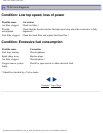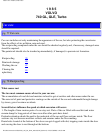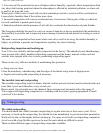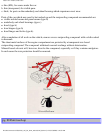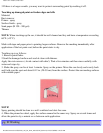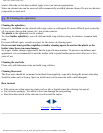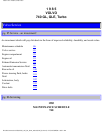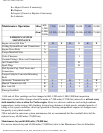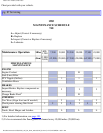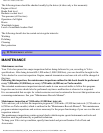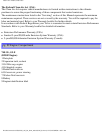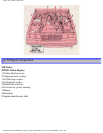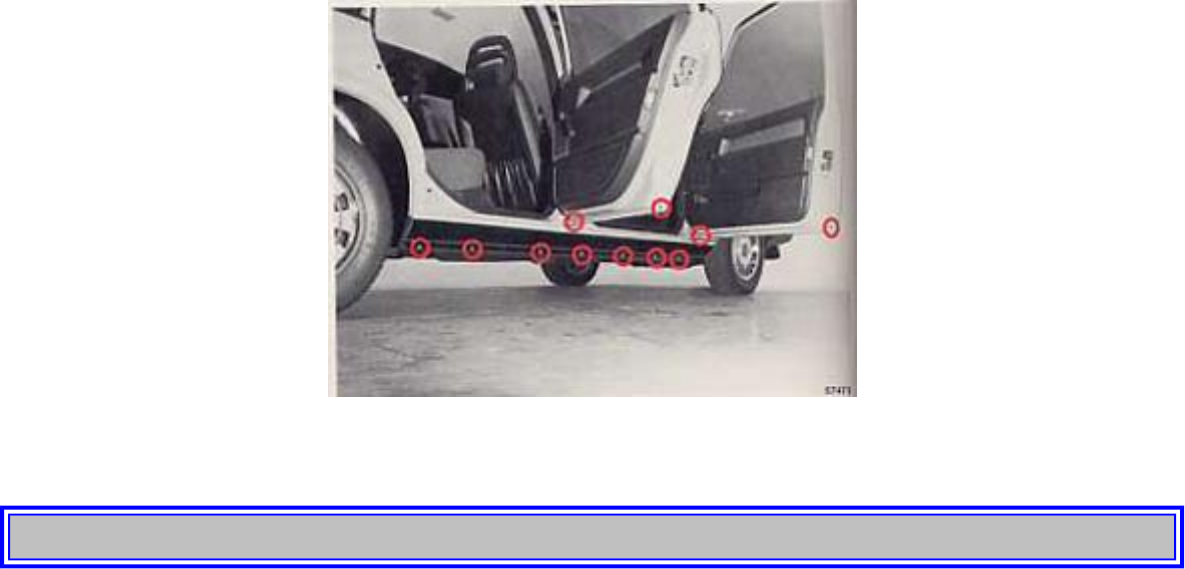
1985 Volvo 740 GL, GLE, Turbo
NOTE: When washing the car, remember to remove dirt from the drain holes in the doors and sills.
pg. 83 Automatic car washing, Polishing and waxing, Chromed parts
Automatic washing - simple and quick
An automatic wash is a simple and quick way to clean your car, but it is worth remembering that it can
never be as through as when you yourself go over the car with sponge and water. Keeping the under-
body clean is most important, especially in the winter. Some automatic washers do not have facilities for
washing the underbody.
Before driving into an automatic wash, make sure that side view mirrors, auxiliary lamps, etc., are
secure, otherwise there is risk of the machine dislodging them. You should also lower the antenna.
Use automatic washers with clean brushes only. We recommend that you do not wash your car in an
automatic wash during the first six months (because the paint will not have hardened sufficiently).
Bear in mind that an automatic wash is never as good as a manual wash.
Polishing and waxing
Normally, polishing is not required during the first year after delivery, however, waxing may be
beneficial.
Before applying polish or wax the car must be washed and dried. Tar spots can be removed with
kerosene or tar remover. Difficult spots may require a fine rubbing compound. After polishing use liquid
or paste wax.
Several commercially-available products contain both polish and wax. Waxing alone does not substitute
for polishing a dull surface. A wide range of polymer-based car waxes can be purchased today. The
waxes are easy to use and produce a long-lasting, high-gloss finish that protects the bodywork against
oxidation, road dirt and fading.
Chromed parts
Chromium-plated and anodized parts should be washed with clean water as soon as they become dirty.
This is particularly important if you drive on gravel roads or on roads where salt is used during the
file:///K|/ownersdocs/1985/1985_740_GL_GLE_Turbo/85740_06.htm (8 of 9)12/30/2006 7:46:10 AM



